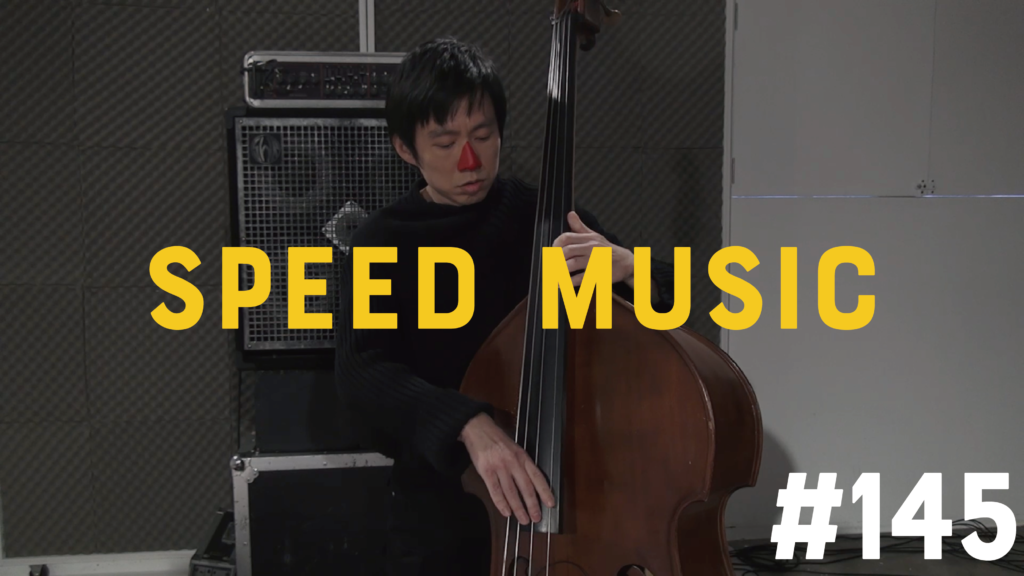#145 朧月夜 by H ZETTRIO
『朧月夜』(おぼろづきよ)は叙情歌、童謡、唱歌。文部省唱歌。作詞高野辰之、作曲岡野貞一。1914年(大正3年)『尋常小学唱歌 第六学年用』に初出。検定教科書が用いられるようになった1948年(昭和23年)から小学校6年生の音楽教科書において採用され、平成以降も取り上げられている。(フリー百科事典 ウィキペディア日本語版より:https://x.gd/tXe8i)
"Oborozukiyo" is a lyrical song, nursery rhyme, and chant. Ministry of Education song. Lyrics by Tatsuyuki Takano, music by Teiichi Okano. First appeared in 1914 (Taisho 3) in "Jinjo Elementary School Songs for 6th Grade". It has been adopted in music textbooks for sixth grade elementary school students since 1948 (Showa 23), when certified textbooks began to be used, and has continued to be featured since the Heisei era. (From the Japanese version of Wikipedia, the free encyclopedia: https://x.gd/tXe8i)


